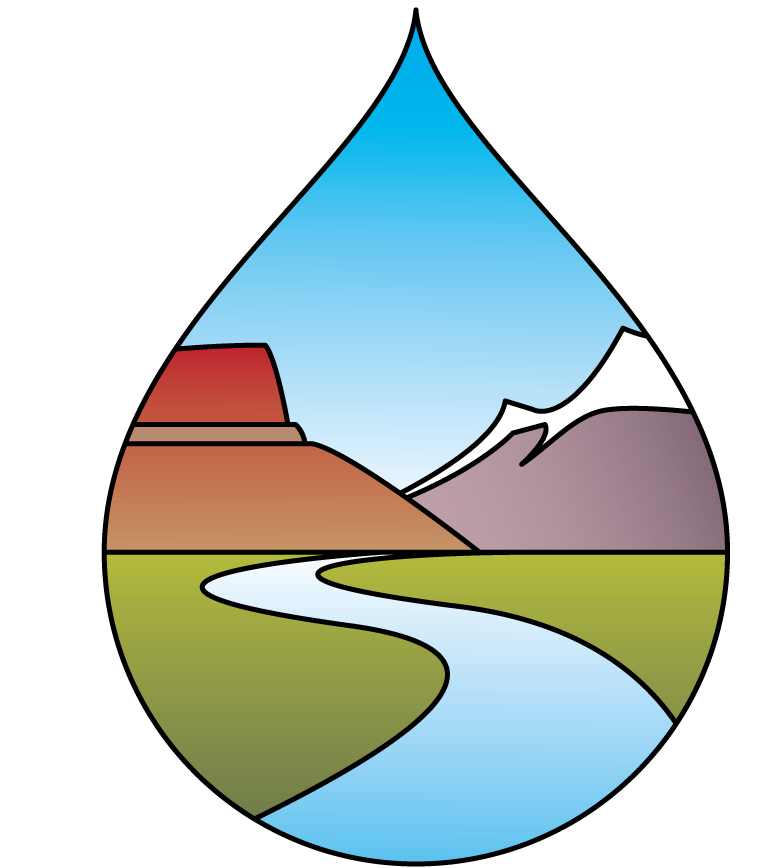What is a State Water Right?
State water rights in western states are predominantly administered under the Doctrine of Prior Appropriation, generally governed by priority date, “first in time, first in right,” and limited to reasonable beneficial use. Waste is prohibited, as is injury to prior senior water rights, and water not “used” is subject to forfeiture, “use it or lose it.” The latter was designed to limit speculation, ensure applicants had the means to develop a water right, and maximize the economic benefit to the state. Modern adjustments have been made to recognize instream flows and other environmental or recreational non-consumptive uses, as well as allow for water banking, leasing, and other water marketing mechanisms to be applied temporarily.
All water use must be reasonable and beneficial regardless of the underlying water rights. No one has a right to unreasonably water use. This applies to both consumptive and non-consumptive uses. As it relates to agriculture and irrigation, what is considered reasonable is often defined by local custom, though a statutory “water duty” may exist. In practice, the application tends to be cumbersome, often a process that is largely reactive once someone claims another’s use of water is unreasonable, which may involve judicial or administrative due process. Reasonableness is defined and determined under state water law and may be part of a general adjudication proceeding.
Most owners or managers of irrigated lands in the West do not directly measure consumptive use, which is a critical element of water budgeting. Evapotranspiration (ET) includes evaporation and transpiration from crops that consume water, which often serves as a useful but only partial proxy for consumptive use. Measuring and monitoring ET on irrigated lands using satellite-based remote sensing has increased over the past couple of decades. Consumptive use includes ET, canal, reservoir evaporation, and other irrecoverable water losses, such as deep percolation and outflows to the ocean or saline terminal lakes (which may or may not provide other environmental and/or societal benefits).
Attributes of state water rights usually include the owner name, point of diversion or withdrawal, place of use, the purpose of beneficial use(s) (e.g., agriculture), a limit on the flow rate or total quantity consumptively used (sometimes including a customary water duty), and a priority date, with a designated beneficial use (e.g., agriculture) and sometimes multiple uses, which may come from one or many specified water sources.
The “water right” term in WestDAAT is broadly applied to include state-granted rights to the use of public waters via public and private appropriations, permits, allocations, allotments, and reservations. Of note, domestic wells may or may not require a state water right though withdrawals may be limited; and groundwater use managed under a correlative rights or proportionate use doctrine, as in some western states, limits landowners to a reasonable share of the total water supply.
What Types of Water Rights in WestDAAT?
WestDAAT supports data access to the following five types of water rights across the Western 18 states. Each type has its unique legal aspects that govern water use.
- Prior appropriation (the vast majority of water rights in WestDAAT)
- Riparian (a fraction of California surface water rights)
- Rule of capture (Texas groundwater)
- Correlative Rights (California groundwater)
- Reasonable Use (Arizona groundwater outside Active Management Areas and Nebraska groundwater)
Data Sources
Each state has a unique water rights system and vocabulary, and the Water Data Exchange (WaDE) program enables streamlined access to all the states’ water rights at a high granularity of the data with the same metadata and structure using one query method. New water rights are continually being added over time. Existing water rights change slowly over time when water rights are updated (e.g., according to legal status, such as “perfected” or “adjudicated”), abandoned due to non-use, or change applications may be filed that transfer a right, sometimes with a new designated beneficial use category.
Below is a summary of the water rights data that has been imported into WaDE. Each link contains…
- GitHub Code Link: a breakdown of where the water rights data came from and how it was processed to fit into the WaDE environment.
- Google Drive Raw and Processed Data Link: Google Drive storage of the raw source data provided by the state agency (i.e., RawInputData) and the processed data fit into the WaDE environment (i.e., ProcessedInputData).
| State | GitHub Code Link | Google Drive Raw and Processed Data Link |
| Alaska | (AK link) | (AK link) |
| Arizona | (AZ link) | (AZ link) |
| California | (CA link) | (CA link) |
| Colorado | (CO link) | (CO link) |
| Idaho | (ID link) | (ID link) |
| Kansas | (KS link) | (KS link) |
| Montana | (MT link) | (MT link) |
| Nebraska | (NE link) | (NE link) |
| Nevada | (NV link) | (NV link) |
| New Mexico | (NM link) | (NM link) |
| North Dakota | (ND link) | (ND link) |
| Oklahoma | (OK link) | (OK link) |
| Oregon | (OR link) | (OR link) |
| South Dakota | (SD link) | (SD link) |
| Texas | (TX link) | (TX link) |
| Utah | (UT link) | (UT link) |
| Washington | (WA link) | (WA link) |
| Wyoming | (WY link) | (WY link) |
Water Rights Metadata (Data Dictionary)
Coming soon
